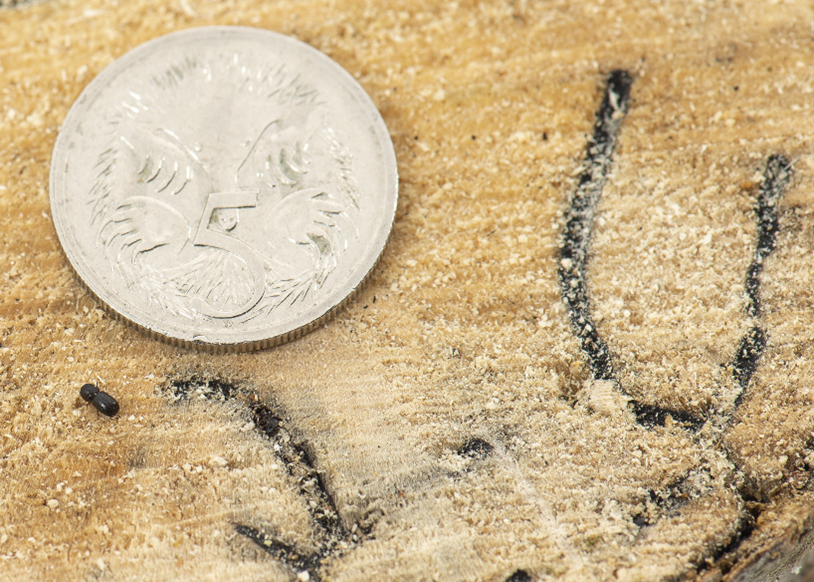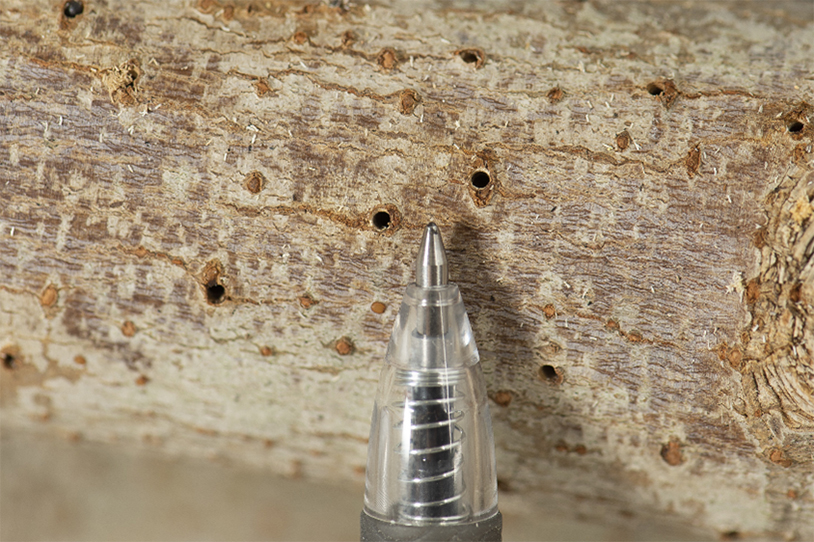Western Australia’s stunning landscapes are a major drawcard for agritourism, but a silent threat lurks beneath the surface, jeopardizing the very trees that grace our scenic landscapes: the polyphagous shot hole borer (PSHB). While agritourism often focuses on crops and livestock, the health of our natural environment is fundamentally intertwined with the success of our industry.
What is PSHB and Why Should You Care?
PSHB is a tiny beetle, no larger than a sesame seed, native to Southeast Asia. Don’t let its size fool you; this pest is a formidable foe, capable of infesting over 500 tree species. Here’s how it wreaks havoc:
- Symbiotic Relationship with Fungus: The female beetle carries a Fusarium fungus, which it introduces as it tunnels into a tree.
- Disrupting the Lifeline: The fungus spreads within the tree, blocking the flow of water and nutrients.
- Slow Decline and Death: Infested trees often show signs of dieback, wilting leaves, and eventually succumb to the deadly combination of beetle damage and fungal infection.
The Impact on Agritourism:
- Scenic Degradation: Imagine picturesque drives through avenues of dying trees or orchard tours overshadowed by the specter of PSHB. The loss of iconic trees diminishes the visual appeal that draws visitors to our region.
- Economic Fallout: Tree removal and replacement costs can strain resources for businesses and local governments. Moreover, a widespread infestation could damage the reputation of WA agritourism, potentially impacting visitor numbers and revenue.
The Battle is On: Containment and Eradication Efforts
The Department of Primary Industries and Regional Development (DPIRD) is leading a multi-pronged approach to combat PSHB:
- Quarantine Measures: A quarantine zone encompassing the entire Perth metropolitan area is now in effect. Strict rules about the movement of wood and plant material are in place to prevent PSHB from spreading further.
- Surveillance is Key: DPIRD is actively deploying traps and conducting visual surveys to track the pest’s movement and identify new infestations.
- Removal of Infected Trees: In areas where PSHB is detected, infected trees are being removed and disposed of safely to eliminate breeding grounds and minimize further spread.


What Can Agritourism Operators Do?
- Knowledge is Power: Stay updated on the latest PSHB information and quarantine guidelines through the DPIRD website
- Be a Tree Detective: Regularly inspect trees on your property for these telltale signs of PSHB:
- Tiny Entry Holes: Look for small, round holes, about the size of a ballpoint pen tip, on the trunk and branches.
- Frass (Beetle Dust): Check for fine, powdery frass, resembling sawdust, around entry holes or at the base of the tree.
- Sap or Gumming: Some trees respond to infestation with oozing sap or a gummy substance around entry holes.
- Wilting and Dieback: Infested branches may show signs of wilting, yellowing leaves, and eventual dieback.
- Source Firewood Locally: Don’t inadvertently transport PSHB! Always purchase firewood from local sources and avoid bringing in wood from potentially infested areas.
- Spread Awareness, Not the Pest: Educate your staff, visitors, and fellow businesses about the threat of PSHB. Share information about identification, prevention, and reporting. DPIRD has excellent resources available online and through their MyPestGuide Reporter app.
- Report Suspicions: If you suspect a PSHB infestation, do not attempt to treat or remove the tree yourself. Contact DPIRD immediately through their Pest and Disease Information Service (details on the DPIRD website) or via the MyPestGuide Reporter app. Early reporting is essential to containment efforts.
- Watch the Animation Below: to learn more and find out how to report PSHB sightings.
By working together, we can protect our natural heritage and ensure a vibrant future for agritourism in Western Australia. Be vigilant, be informed, and be a part of the solution!

Leave a Reply